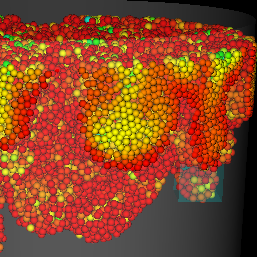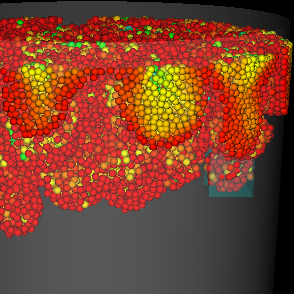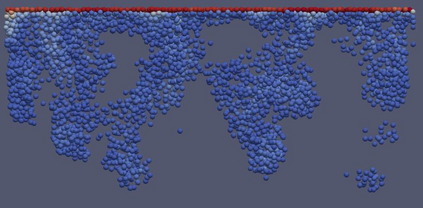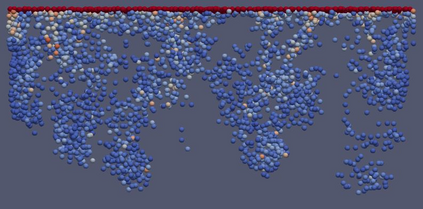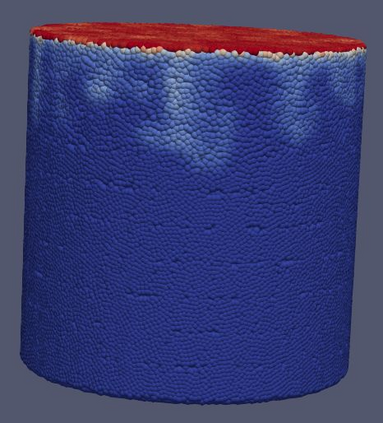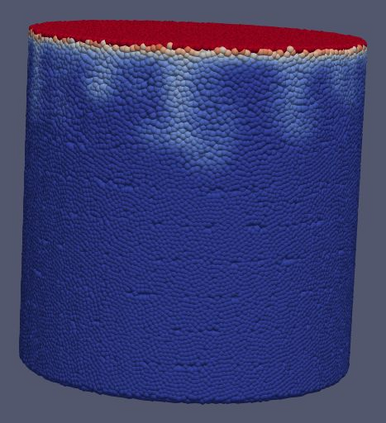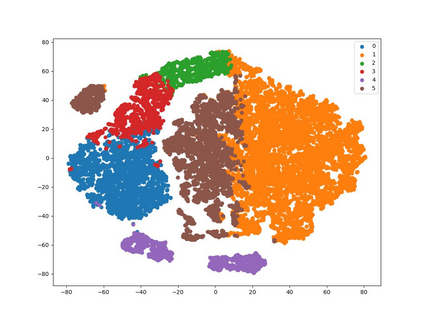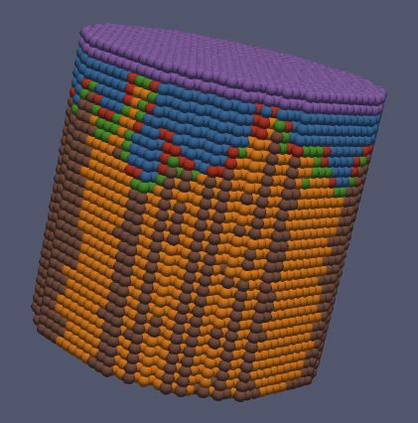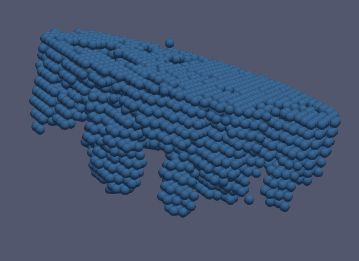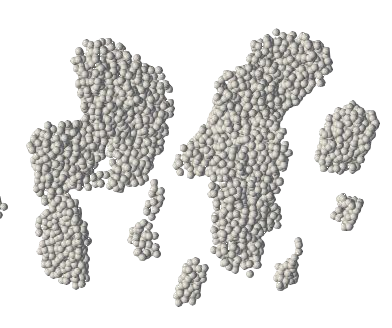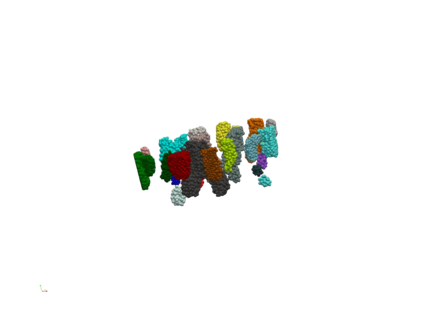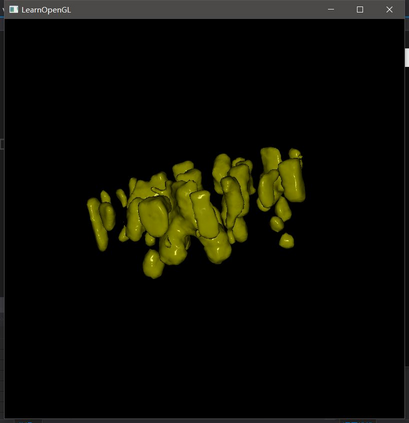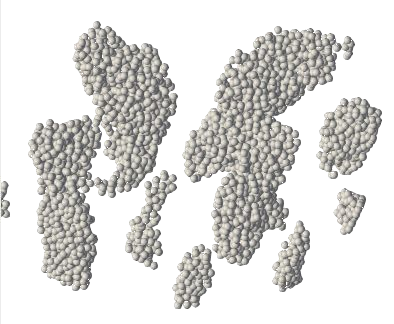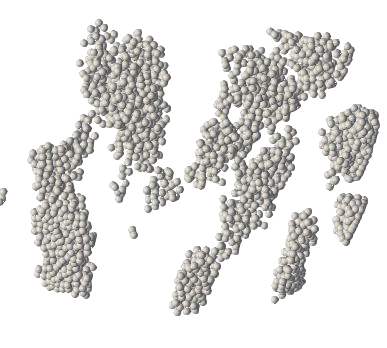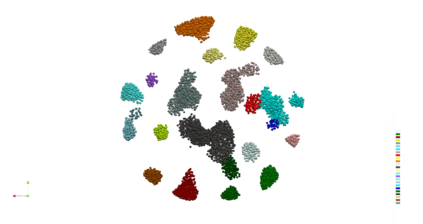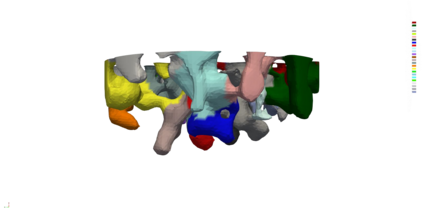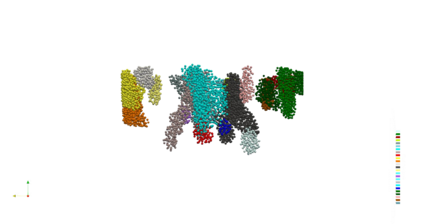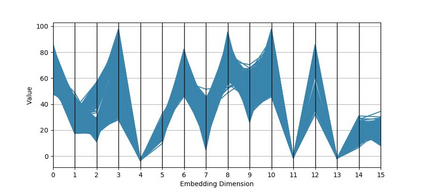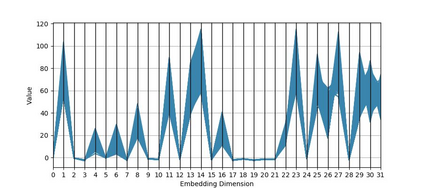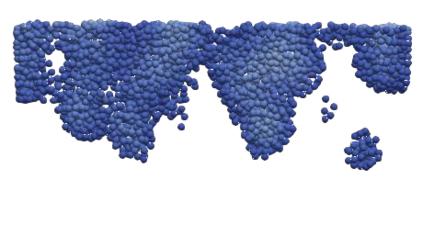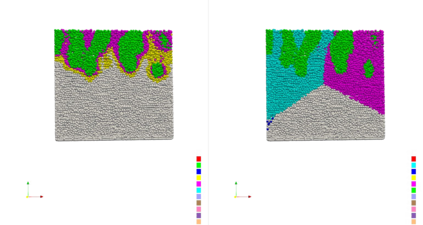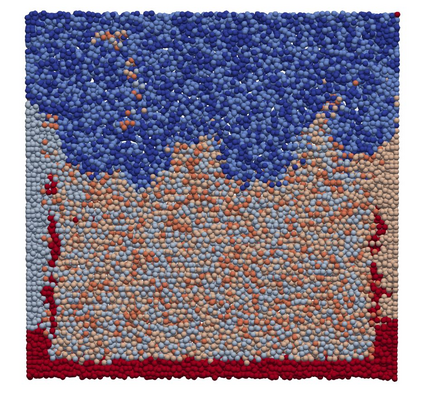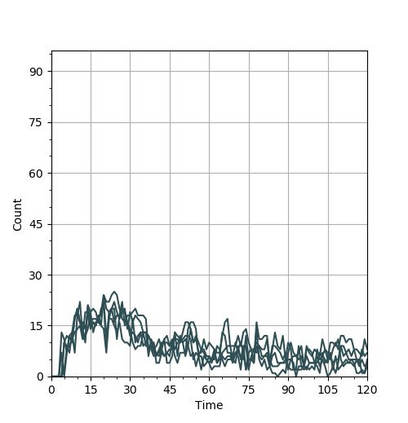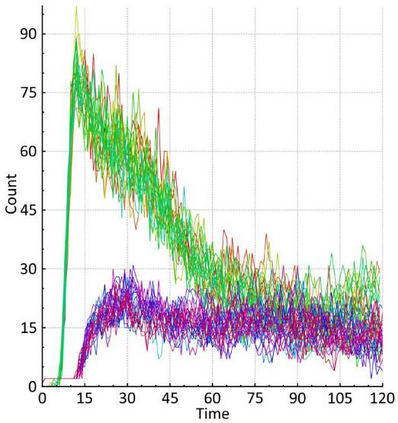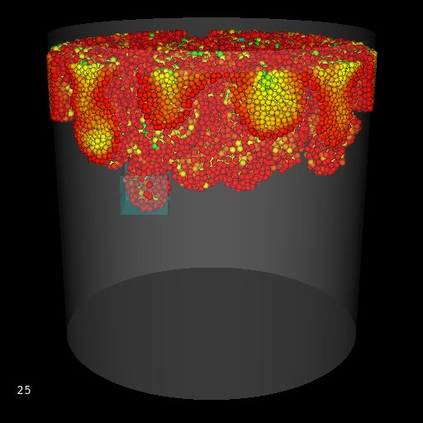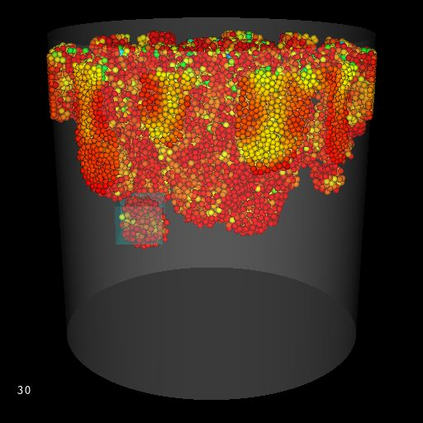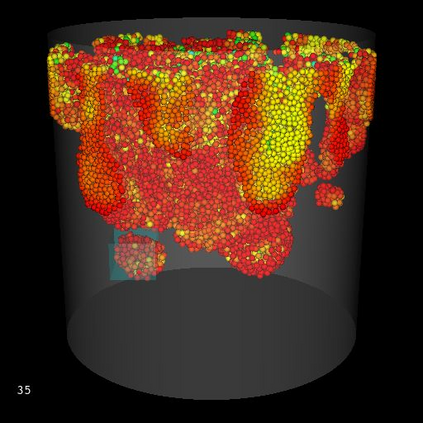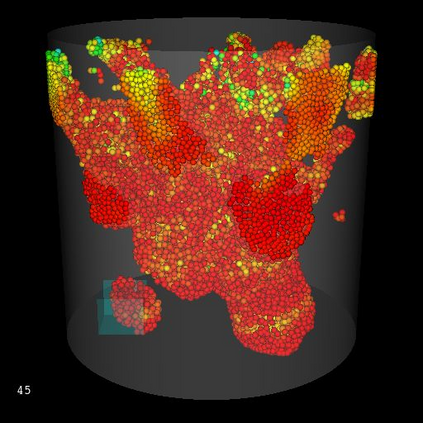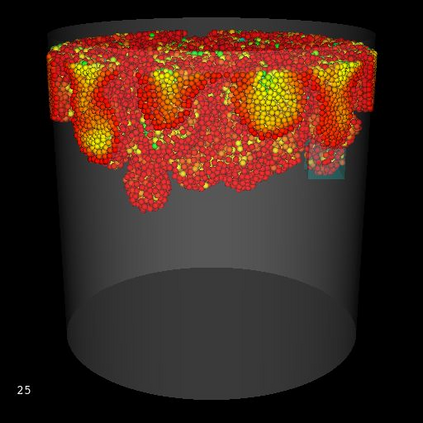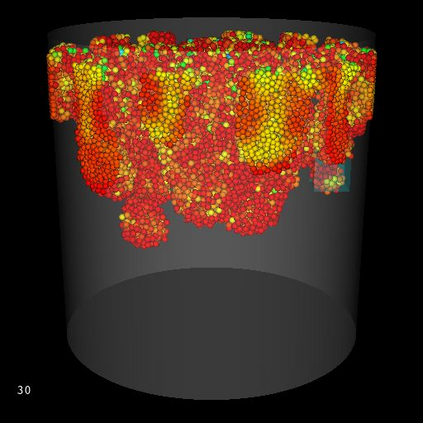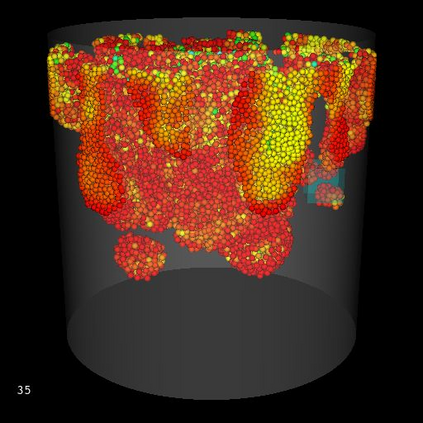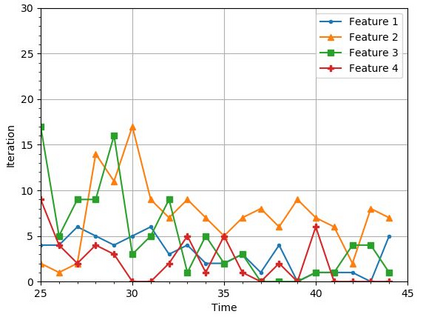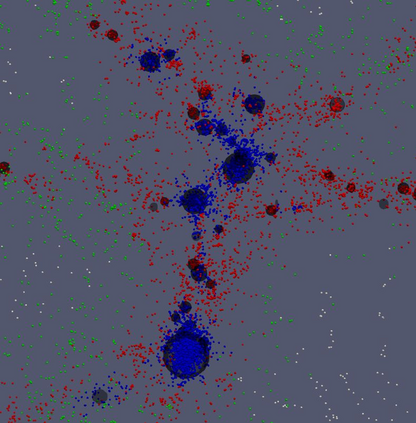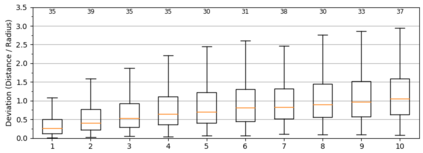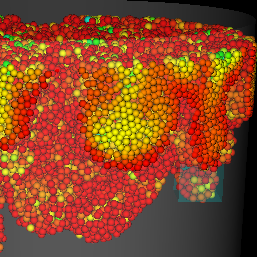Analyzing particle data plays an important role in many scientific applications such as fluid simulation, cosmology simulation and molecular dynamics. While there exist methods that can perform feature extraction and tracking for volumetric data, performing those tasks for particle data is more challenging because of the lack of explicit connectivity information. Although one may convert the particle data to volume first, this approach is at risk of incurring error and increasing the size of the data. In this paper, we take a deep learning approach to create feature representations for scientific particle data to assist feature extraction and tracking. We employ a deep learning model, which produces latent vectors to represent the relation between spatial locations and physical attributes in a local neighborhood. With the latent vectors, features can be extracted by clustering these vectors. To achieve fast feature tracking, the mean-shift tracking algorithm is applied in the feature space, which only requires inference of the latent vector for selected regions of interest. We validate our approach using two datasets and compare our method with other existing methods.
翻译:分析粒子数据在许多科学应用中起着重要作用,例如流体模拟、宇宙学模拟和分子动态。虽然存在可以对体积数据进行特征提取和跟踪的方法,但由于缺乏明确的连通性信息,执行粒子数据的任务更具挑战性。虽然可以将粒子数据转换为第一个体积,但这一方法有发生错误的风险,并增加了数据的规模。在本文件中,我们采取深层学习方法,为科学粒子数据建立特征显示,以协助特征提取和跟踪。我们采用了一种深层学习模型,产生潜在矢量,以代表空间位置和局部周边物理属性之间的关系。在潜伏矢量中,通过将这些矢量聚合来提取特征。为了实现快速特征跟踪,在地貌空间应用了平均移动跟踪算法,这只要求对某些感兴趣的区域进行潜在矢量的推断。我们用两个数据集验证了我们的方法,并将我们的方法与其他现有方法进行比较。

